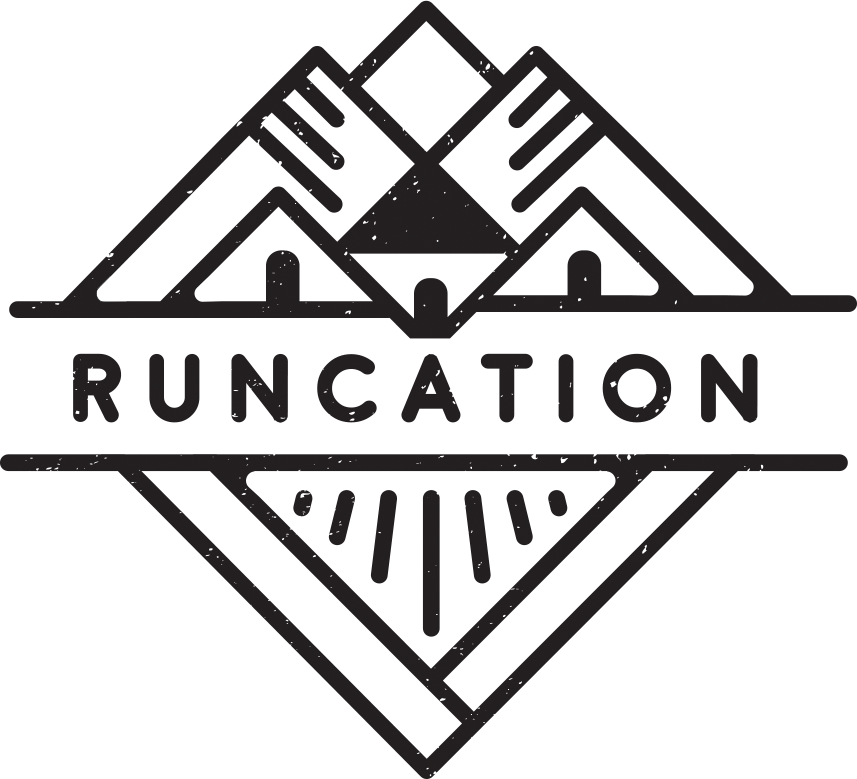Machu Picchu Running Adventure
Where’s the best place to trail run in Peru?
From flat roads and trails to technical mountain passes and rainforests, Peru has an amazing and diverse landscape and is great for trail running, . Our Peru Runcation takes place in the Sacred Valley, known as Valle Sagrado de los Incas in Spanish, or Willka Qhichwa in Quechua. Our trip starts in the city of Cusco and as we make our way to Machu Picchu, we run through towns such as Ollantaytambo featuring beautiful flat trails for running along the Urubamba river with dramatic views of the Andes. On our Machu Picchu running adventure we run through tropical rainforests, imposing glaciers, and the territory of endangered spectacle bears and condors. We’ll appreciate the different microclimates along the way as we run through humid rainforests up to cool, dry mountain passes. There’s a little of everything to enjoy while running in Peru!
What’s the elevation for running in Peru and Machu Picchu?
While the elevation in parts of the Peruvian Andes is quite high, our running vacation in Peru stays on a route and elevation that is appropriate for running. Our trip runs from the lowest point along the trail at 4,900 feet above sea level to a brief mountain pass at 15,000 feet above sea level, with the majority of running taking place at 6,000-8,000 feet. In fact, Machu Picchu sits at just over 7,900 feet above sea leveI while the town of Aguas Calientes at the base of Machu Picchu is at 6,600 feet above sea level. In our trip packet with a detailed route map, packing list, and tips for how to prepare, we include information about running at high altitude. You can also check out our 12-week training plans for this trip here!
What’s it like to take a running vacation in Peru?
On this running vacation in Peru we’ll learn about the history, culture, landscape, and food that makes Peru such a unique place. We’ll learn about the history of the Incan culture in Peru while observing the lasting impacts they had on city planning and design in the Sacred Valley, including the UNESCO World Heritage site of Machu Picchu. In addition to beautiful trails, we know that traveling runners also appreciate delicious foods. Some favorite coastal Peruvian foods to try while in Lima include fresh ceviche and pisco sours. In the Sacred Valley you can try popular dishes such as Tallarin Saltado (Peruvian stir-fried noodles), Lomo Saltado (stir-fried beef), Aji de Gallina (a chicken dish with the amazing Peruvian spice aji), and even the delicacy of Cuy (guinea pig). In the markets in Cusco, Ollantaytambo, and Aguas Calientes we also recommend trying the delicious made to order fresh juices and smoothies with every delicious fruit and vegetable you can imagine. It’s the perfect place for a running adventure.
What’s the difference between an Alpaca and a Llama?
Throughout the Peruvian Andes you will see alpacas and llamas, but how can you tell the difference? If you’re trying to tell the difference between an alpaca and a llama based on physical appearance, you can compare things like their size as well as the shape of their face, wool texture, and color. Llamas on average tend to be taller and have longer faces, while alpacas tend to be shorter and have rounder faces with fluffy fur on their foreheads. Alpacas tend to have more coarse wool while alpacas tend to have lighter shades of a fluffy wool. Can you tell if the photo below is an alpaca or llama?




